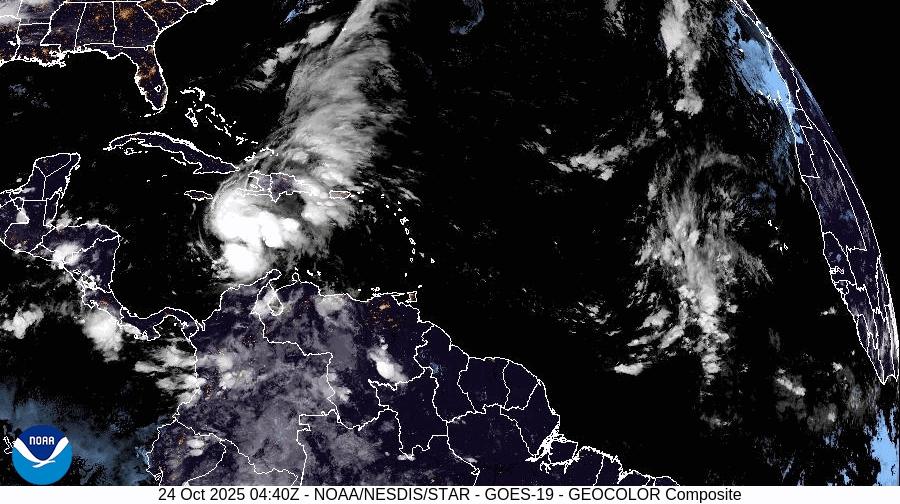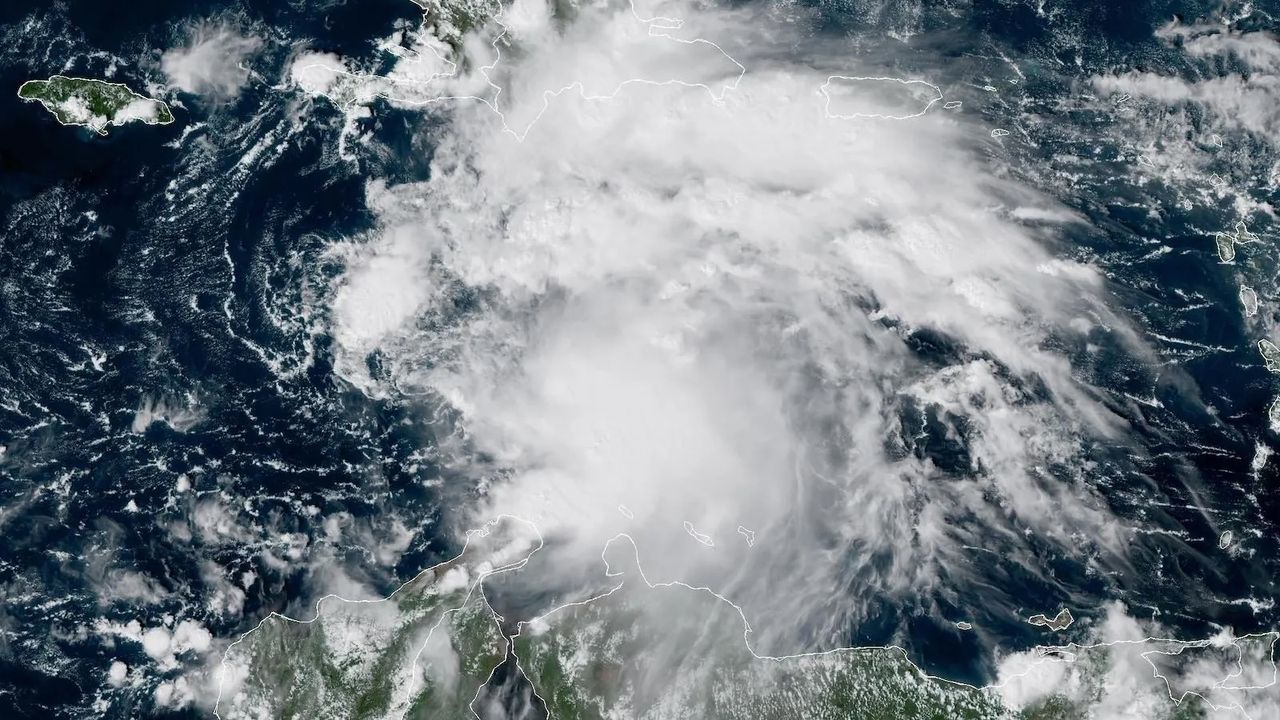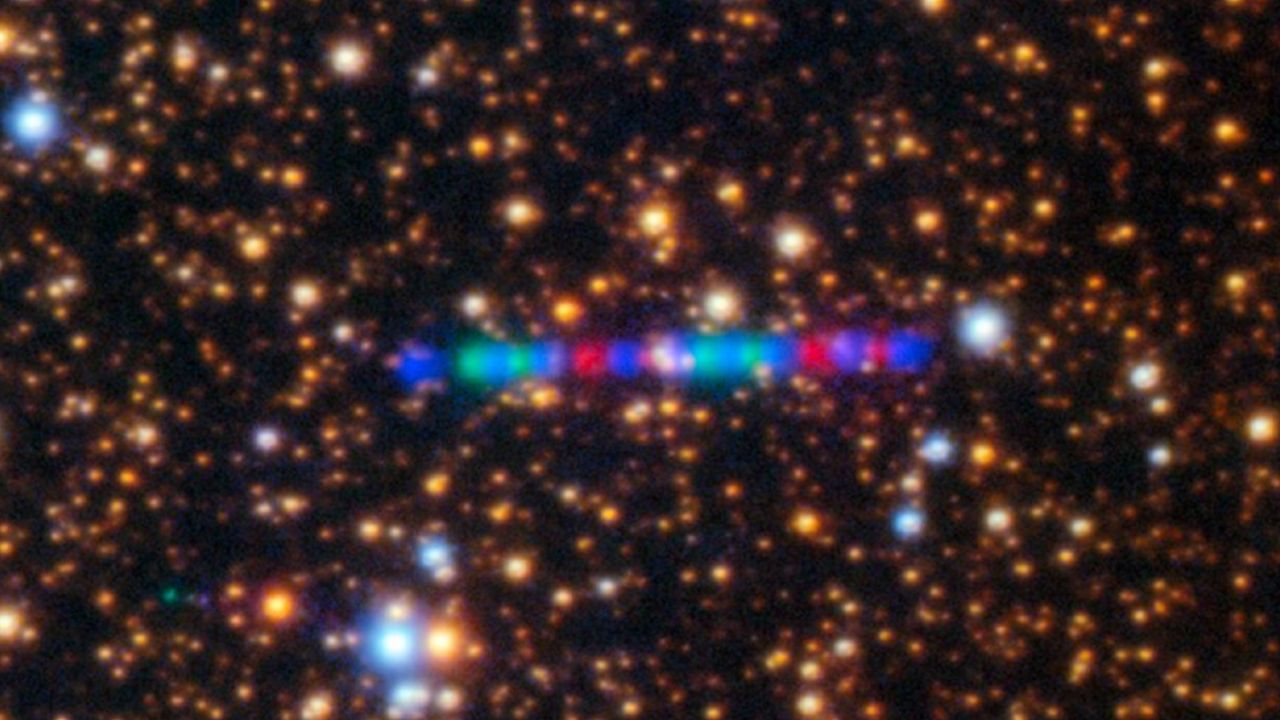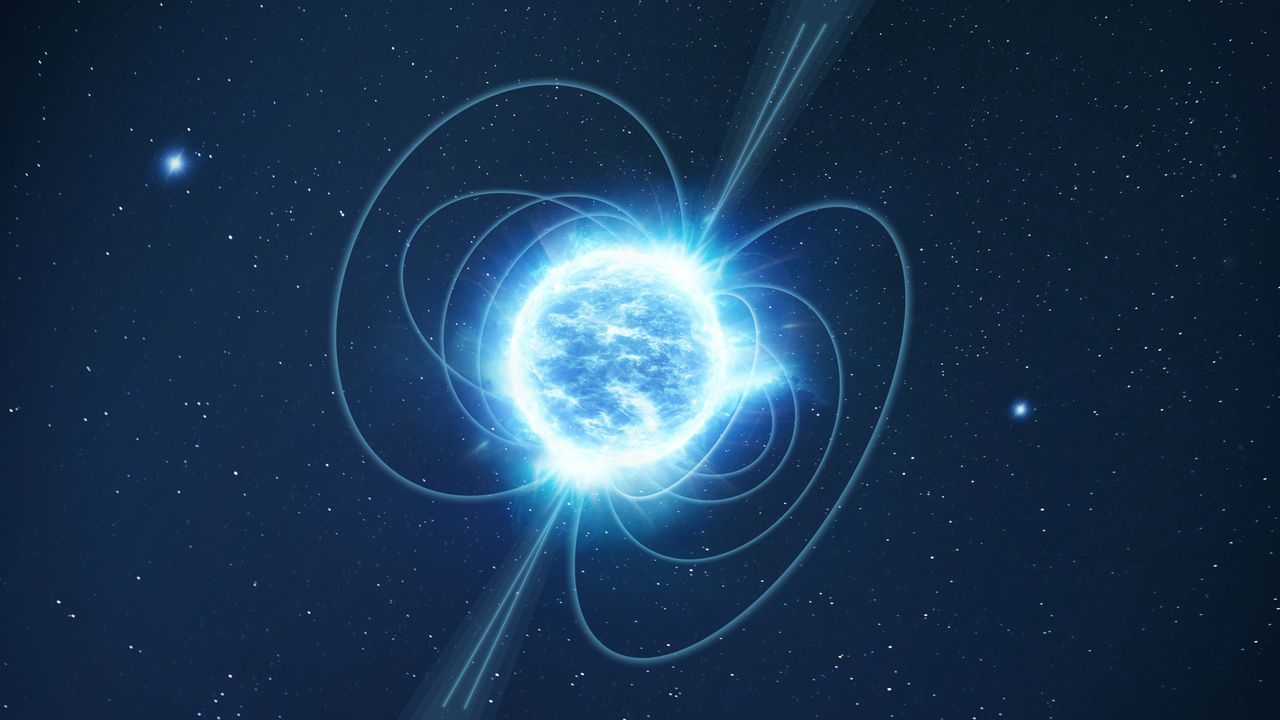'Near stationary' Tropical Storm Melissa is moving slower than a person walking — and it may bring deadly flash floods to the Caribbean
NegativeScience

Tropical Storm Melissa is currently moving extremely slowly, but meteorologists warn that it could quickly intensify this weekend due to the unusually warm waters of the Caribbean Sea. This situation is concerning as it raises the risk of deadly flash floods in the region, highlighting the potential dangers posed by climate change and extreme weather events.
— Curated by the World Pulse Now AI Editorial System






